
GUEST BLOGGER CHRISTY MIHALY
I’m excited to share my new book, Barefoot Books WATER: A Deep Dive of Discovery, with readers and educators. Below I highlight an activity from the book, intended to convey a hands-on understanding of our water use.
WATER describes the marvels of the water cycle; how water changes form; photosynthesis; marine life; ocean currents’ influence on weather; environmental challenges, and more. Illustrator Mariona Cabassa and the Barefoot Books team produced a gorgeous text, combining science, folk tales from world storytellers, and practical activities. Features include lift-the-flaps, gatefolds, and a chatty water drop character. We wanted to engage readers with the wonders of water, which we hoped would inspire them to be active stewards.
Earth’s water
Some facts:
- Water covers 71% of the globe.
- While all Earth’s water is important, only a small portion is good for humans to drink.
Demonstration
Show students how little water is available for people to use. Fill a gallon container with water. Note almost all of Earth’s water (97%) is in the ocean, or frozen in ice (2%). About 1% is fresh liquid water. Of your gallon, 1% is 0.01 gallon, about 3 tablespoons. About 1/3 of fresh water is accessible … corresponding to one tablespoon of your gallon.
How much do you use?
Ask students to estimate how much water they use for various tasks. Then compare their answers with the following averages from the lift-the-flap feature on page 6:
- Brushing teeth (with faucet running): 1-5 gallons
- Washing hands (with faucet running): 1 gallon
- Shower: 2.5 gallons per minute
- Flushing toilet: 3 gallons
- Bath: 36 gallons
Discuss
How meaningful are these amounts? Look at your 1-gallon container. Can students see how keeping the faucet on sends gallons down the drain?
Other ways we use water
Now ask students to generate a list of other ways we use water. Students may either work in groups or you can develop a class list. Compare students’ lists with the information on pages 44-45 of the book.
- For food, about this much:
- Growing vegetables for a salad of lettuce, tomato, and cukes: 21 gallons
- Producing a hamburger: 660 gallons
- Making a chocolate bar: 450 gallons
- In factories, these goods require about this much:
- A sheet of paper: 3 gallons
- A cotton t-shirt: 660 gallons
- A smart phone: 3200 gallons
- A car: 13,000 to 22,000 gallons
Discuss
Revisit that 1-gallon container. Can students picture 660 or 3,200 gallons?
What if you had to carry your family’s water?
Background
Water isn’t equally distributed around the world. Many people don’t have easily available clean drinking water. About a tenth of the global population lacks running water. Every day, millions of people (often girls) walk long distances to fetch water. (pp. 46-47)
Activity
- Take an empty bucket outside.
- Pour about 1 gallon of water into the bucket.
- Lift the bucket and start walking.
Discuss
Ask students the following questions:
- How long can you carry the bucket before it starts feeling heavy?
- What would it be like to carry that bucket for a mile?
- What about 36 buckets for your bath?
- Does this affect how you feel about using water?
Potential variations
- Students carry a 1-gallon jug with them all day.
- Try different ways of carrying the bucket (e.g., on shoulder, head).
- Calculate how many jugs needed for a student’s home’s daily use.
- Fill containers sufficient for a home’s daily use.
Turn water insight to action
Discuss
Did carrying their buckets inspire your students to act?
They may want to research and support the work of organizations such as the United Nations, bringing clean drinking water to all. Georgie Badiel, a fashion model from Burkina Faso who grew up carrying her family’s water and later brought wells to West African villages.
Students may also understand water conservation in a new light. The book suggests various ways to conserve. One is avoiding single-use plastic, substituting reusable bottles. (Plastic bottles require more water to make than they can hold.)
Other watery ideas
- While brushing teeth, turn off the faucet
- Shorten showers
- Outdoors, grow native plants
- Collect rainwater in a barrel
What other ideas do your students have?
If you try this activity, please feel free to let me know how it goes and how your students react. I’d love to hear their thoughts.
Featured image credit: “Faucet Fountain” by D.H. Parks is licensed under CC BY-NC 2.0
Christy Mihaly is a former environmental lawyer who decided late in life that writing for kids is much more fun. She writes stories, poetry, and nonfiction, including titles on topics from free speech to food to fashion. Barefoot Books WATER: A Deep Dive of Discovery (one of Kirkus Review’s “Most Anticipated Fall Books”) offers a thorough immersion into the world of water. Prior works include picture books Free for You and Me: What Our First Amendment Means (Albert Whitman, 2020) and Hey, Hey, Hay! (A Tale of Bales and the Machines That Make Them) (Holiday House, 2018), and the YA nonfiction Diet for a Changing Climate: Food for Thought (written with Sue Heavenrich and including recipes for insect-based dishes) (Lerner, 2018).
Christy also practices playing cello from time to time, and loves to walk (and snowshoe) in the woods around her Vermont home. For more information, visit her website, www.christymihaly.com. You may also catch her on Twitter (@CMwriter4kids), Instagram (@christymihaly), and Facebook (https://www.facebook.com/christymihaly).


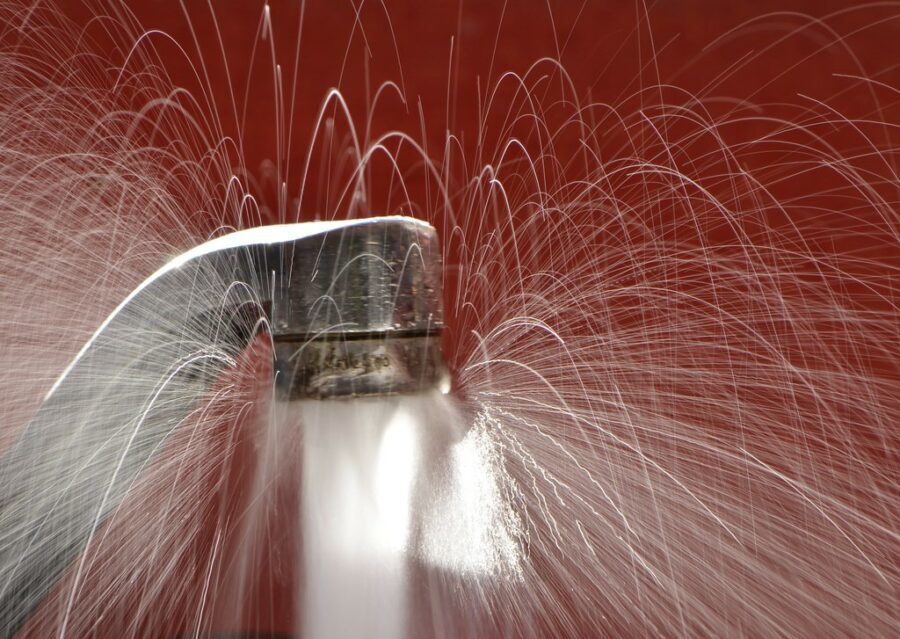

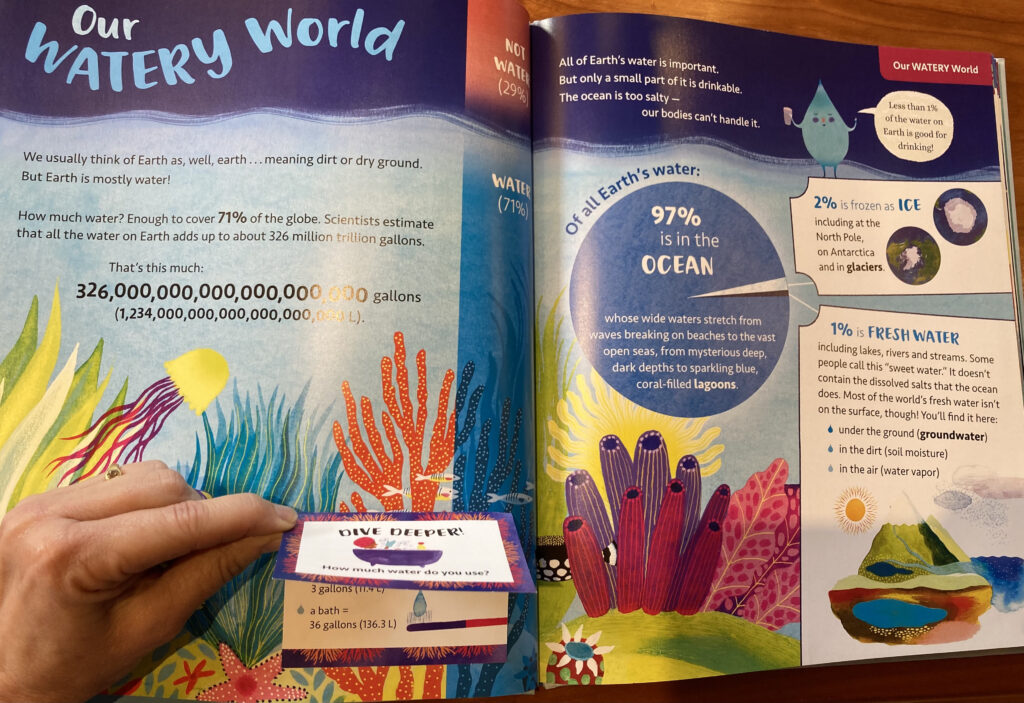
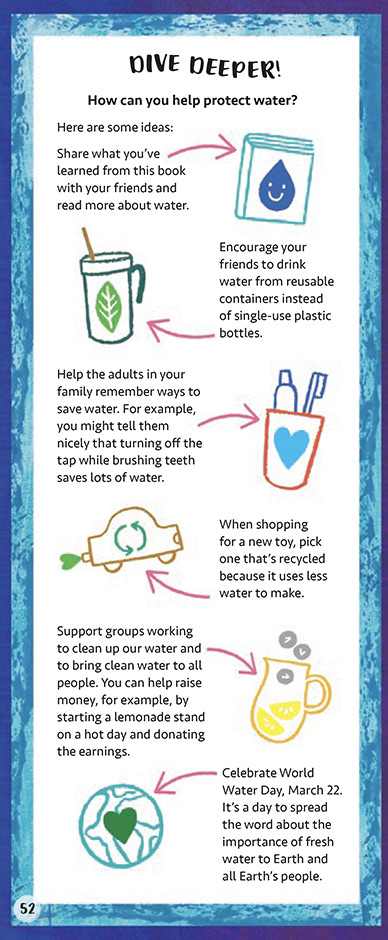
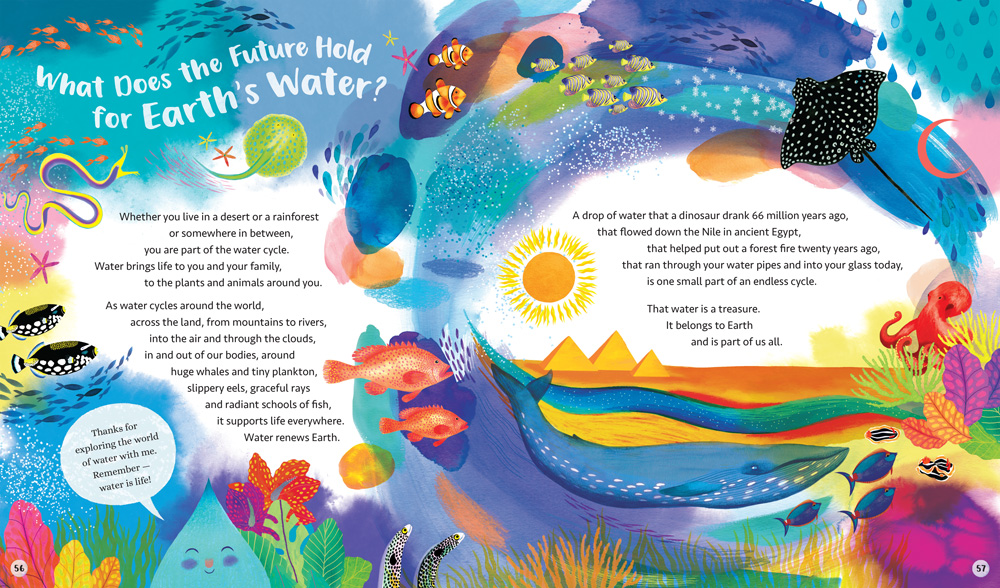
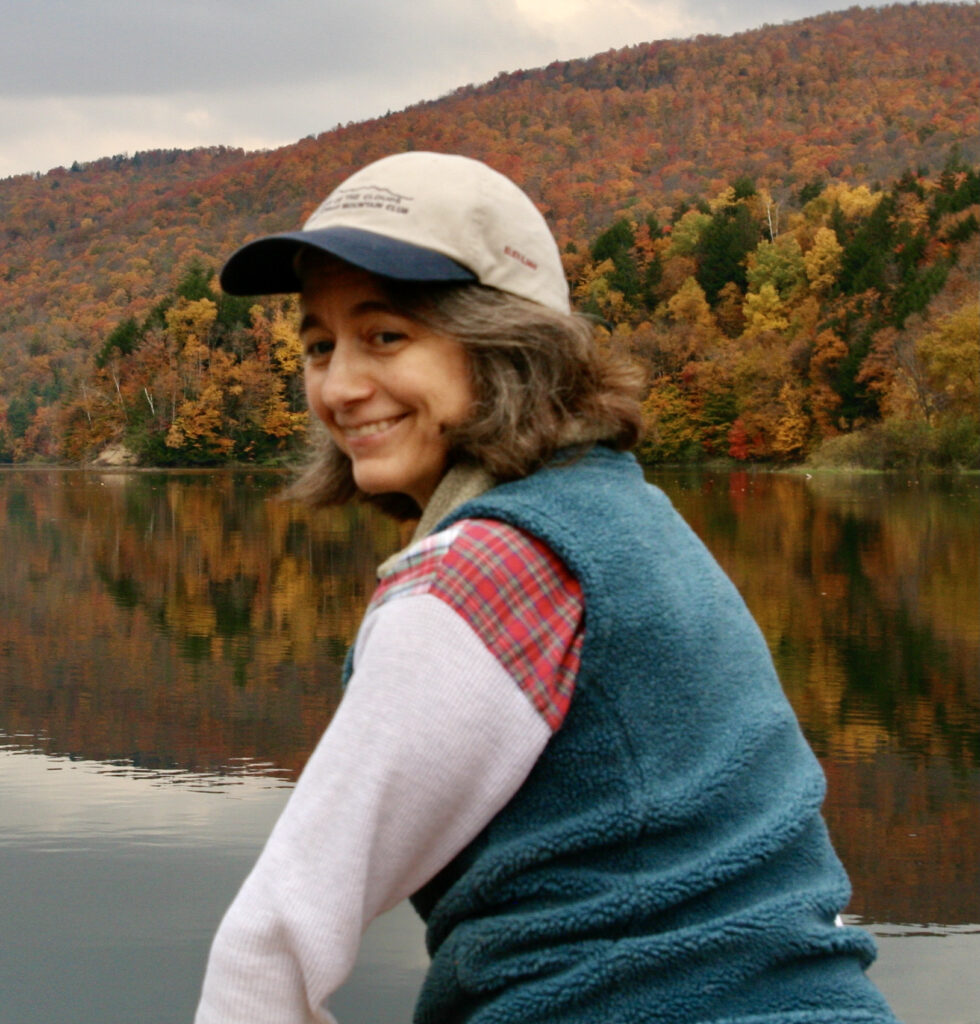
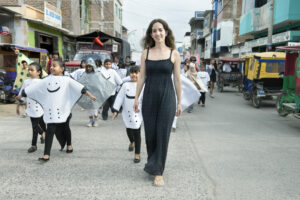
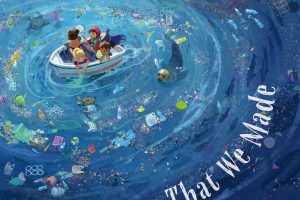



Leave a Reply
Your email is safe with me.